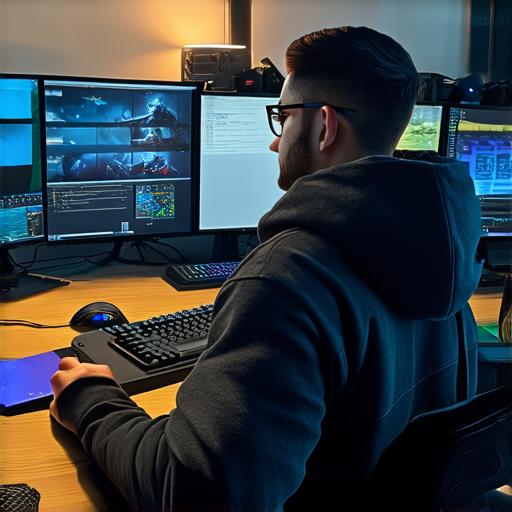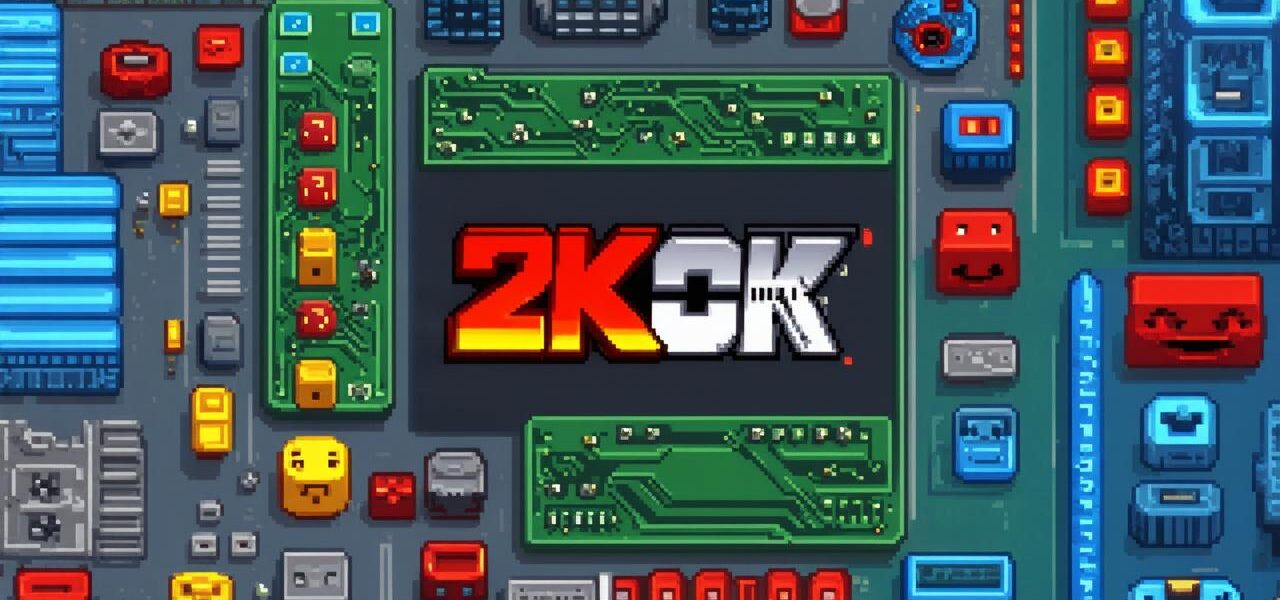Before You Start: Understanding Your Target Audience
The first step in creating the ideal game is to understand your target audience. Who are you making your game for? What type of games do they enjoy playing? What platforms do they use? Answering these questions will help you make informed decisions about the type of game you should create, and the features and mechanics that will be most appealing to your audience.
For example, if you’re targeting mobile gamers, you might want to focus on creating a casual, addictive puzzle or arcade-style game with simple controls. On the other hand, if you’re targeting PC gamers, you might want to create a more complex strategy game with deep mechanics and a rich narrative.
Brainstorming Ideas: How to Turn Your Vision into a Reality
Once you have a clear understanding of your target audience, it’s time to start brainstorming ideas for your game. This can be a fun and creative process, but it can also be overwhelming if you don’t know where to start. Here are some tips to help you get started:
1. Write down everything that comes to mind: Don’t worry about whether your ideas are good or bad – just write them all down. You never know what might spark a great idea.
2. Narrow it down: After you’ve generated a list of ideas, go through them and identify the ones that are most likely to appeal to your target audience and be commercially successful.
3. Conduct market research: Look at similar games in the same genre and see what features and mechanics they include. This will give you a better idea of what works and what doesn’t, and help you refine your ideas.
4. Get feedback: Share your ideas with friends, family, or other game developers and get their feedback. They might have insights or suggestions that you haven’t considered.
Choosing Your Game Engine: The Foundation for Your Success

Once you have a clear idea of the type of game you want to create, it’s time to choose your game engine. Game engines provide all the tools and resources you need to build your game, from graphics and sound effects to physics and AI. There are many different game engines available, each with its own strengths and weaknesses. Here are some popular choices:
1. Unity: A versatile and powerful game engine that supports 2D and 3D games for a variety of platforms, including mobile, web, and consoles. It also has a large community of developers and a vast library of assets.
2. Unreal Engine: A high-performance game engine that is known for its realistic graphics and advanced physics simulations. It supports both 2D and 3D games and can be used for PC, console, and mobile platforms.
3. Construct 3: A beginner-friendly game engine that uses a visual scripting system and requires no coding knowledge. It is designed for 2D games and supports mobile and web platforms.
4. Stencyl: Another beginner-friendly game engine that uses a visual scripting system and requires no coding knowledge. It is designed for both 2D and 3D games and supports mobile, web, and desktop platforms.
Choosing the Right Game Monetization Strategy: Maximizing Your Profits
Once you’ve created your game, it’s time to think about how you’ll monetize it. There are many different ways to make money from games, including:
1. Advertising: Display ads in your game or offer in-game rewards for watching ads.
2. In-app purchases: Sell virtual goods or currency that can be used within the game.
3. Subscriptions: Offer a monthly or yearly subscription model for access to premium content or features.
4. Donations: Allow players to donate money to support the development and maintenance of the game.
5. Licensing: Sell licenses to other developers who want to use your game’s code or assets in their own games.




